-
 Bitcoin
Bitcoin $82,972.1210
2.66% -
 Ethereum
Ethereum $1,556.5991
0.67% -
 Tether USDt
Tether USDt $0.9994
0.03% -
 XRP
XRP $2.0190
0.69% -
 BNB
BNB $585.2539
1.02% -
 Solana
Solana $121.3432
5.21% -
 USDC
USDC $1.0001
0.02% -
 Dogecoin
Dogecoin $0.1593
1.80% -
 TRON
TRON $0.2443
3.62% -
 Cardano
Cardano $0.6257
0.23% -
 UNUS SED LEO
UNUS SED LEO $9.3379
-0.83% -
 Chainlink
Chainlink $12.5645
1.33% -
 Avalanche
Avalanche $18.9909
2.79% -
 Stellar
Stellar $0.2345
0.69% -
 Shiba Inu
Shiba Inu $0.0...01213
2.25% -
 Toncoin
Toncoin $2.8755
-1.17% -
 Sui
Sui $2.1733
0.19% -
 Hedera
Hedera $0.1660
-2.45% -
 Bitcoin Cash
Bitcoin Cash $313.1267
5.51% -
 MANTRA
MANTRA $6.4235
-0.19% -
 Litecoin
Litecoin $75.5959
1.00% -
 Polkadot
Polkadot $3.5519
0.62% -
 Dai
Dai $0.9999
0.01% -
 Bitget Token
Bitget Token $4.2991
0.85% -
 Hyperliquid
Hyperliquid $15.2864
2.68% -
 Ethena USDe
Ethena USDe $0.9988
0.03% -
 Pi
Pi $0.6838
14.75% -
 Monero
Monero $209.3662
3.22% -
 Uniswap
Uniswap $5.1800
1.14% -
 OKB
OKB $52.8717
-0.74%
What Is Peer-to-Peer? (P2P)
Peer-to-peer networks, unlike traditional client-server models, eliminate central control and allow direct communication between participating nodes, fostering resource sharing, enhanced security, and innovation.
Oct 29, 2024 at 11:40 am
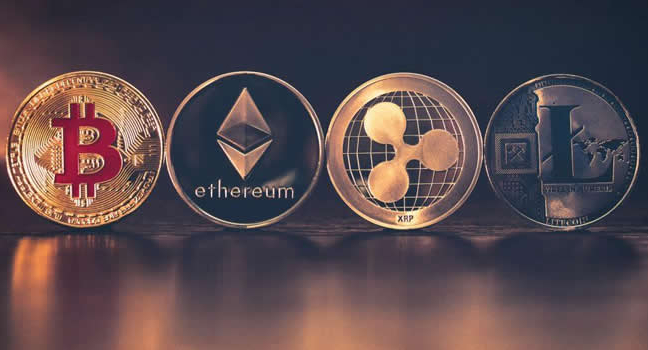
What Is Peer-to-Peer? (P2P)
Peer-to-peer (P2P) is a decentralized computing model in which two or more individual computers or devices connect directly to each other to share resources, data, and capabilities. Unlike a client-server model, where a central server controls and manages all interactions, P2P networks allow for direct communication between the participating nodes without the need for a central authority.
How P2P Works
P2P networks are based on the principle of distributed systems, where each node in the network contributes resources and capabilities to the shared network. Each node can act as both a client and a server, enabling them to receive and send data to any other node.
The key features of P2P networks include:
- Decentralized: No central server controls the network, and all nodes have equal status.
- Peer-to-Peer Communication: Nodes connect directly to each other, forming a mesh or web-like network.
- Shared Resources: Each node contributes resources, such as data, storage, or computing power, to the network.
- Scalability: P2P networks can scale easily by adding more nodes without affecting overall performance.
- Resilience: Because there is no central point of failure, P2P networks are less susceptible to disruptions or outages.
Benefits of P2P Networks
P2P networks offer several advantages over traditional client-server models:
- Efficient Resource Sharing: Each node in the network contributes its own resources, which can be pooled together to achieve greater efficiency.
- Enhanced Security: The decentralized nature of P2P networks makes them more secure, as there is no single point of attack that can compromise the entire network.
- Increased Accessibility: P2P networks allow users to access data and services from multiple sources, increasing availability and reducing dependence on single providers.
- Reduced Latency: Direct communication between nodes eliminates the need for intermediaries, resulting in faster data transfer and response times.
- Innovation: The open and decentralized nature of P2P networks encourages collaboration and innovation among users and developers.
Applications of P2P
P2P networks have found applications in various areas, including:
- File Sharing: Peer-to-peer file sharing networks, such as BitTorrent, enable users to download and upload files directly from each other without the need for a central server.
- Video Streaming: Peer-to-peer video streaming platforms, such as Popcorn Time, allow users to stream videos directly from other users, distributing the load and increasing the availability of content.
- Online Gaming: P2P technology is used in online multiplayer games to facilitate direct communication between players and reduce lag.
- Cloud Computing: Some cloud computing services, such as Storj, leverage P2P networks to provide decentralized and cost-effective storage solutions.
- Cryptocurrency Transactions: Blockchain networks, such as Bitcoin and Ethereum, rely on P2P networks to process transactions and maintain the distributed ledger.
Disclaimer:info@kdj.com
The information provided is not trading advice. kdj.com does not assume any responsibility for any investments made based on the information provided in this article. Cryptocurrencies are highly volatile and it is highly recommended that you invest with caution after thorough research!
If you believe that the content used on this website infringes your copyright, please contact us immediately (info@kdj.com) and we will delete it promptly.
- Nova Labs, the company behind the Helium blockchain network, has been dismissed of all charges by the U.S. Securities and Exchange Commission (SEC)
- 2025-04-12 12:00:13
- Roll20 Foreground Layer Promises Ambitious New Feature to Spice Up Your Digital Maps
- 2025-04-12 12:00:13
- Solana (SOL) Is Back in the Spotlight as Its Decentralized Exchange (DEX) Volume Skyrockets
- 2025-04-12 11:55:14
- 1894-S Barber Dime: One of the Rarest and Most Valuable US Coins
- 2025-04-12 11:55:14
- As attention shifts across the crypto market this week, a growing number of experienced investors are stepping away from the usual headlines and looking toward lesser-known assets
- 2025-04-12 11:50:13
- title: Bitcoin as a Hedge and Symbol of Freedom
- 2025-04-12 11:50:13
Related knowledge

What is Delayed Encryption technology?
Apr 11,2025 at 10:42pm
What is Delayed Encryption Technology? In the world of cryptocurrencies, security is paramount. One of the innovative solutions to enhance the security of digital transactions is Delayed Encryption Technology. This technology introduces a layer of security by encrypting data with a time delay, ensuring that the information remains secure until a specifi...
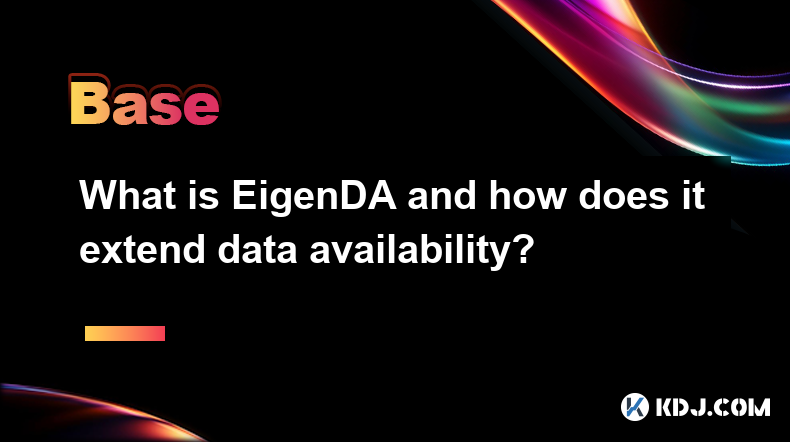
What is EigenDA and how does it extend data availability?
Apr 11,2025 at 05:28pm
EigenDA is a groundbreaking solution within the cryptocurrency ecosystem designed to enhance data availability across blockchain networks. Developed by EigenLayer, EigenDA aims to address the critical issue of data availability, ensuring that all participants in a blockchain network can access the necessary data to verify transactions and maintain the i...
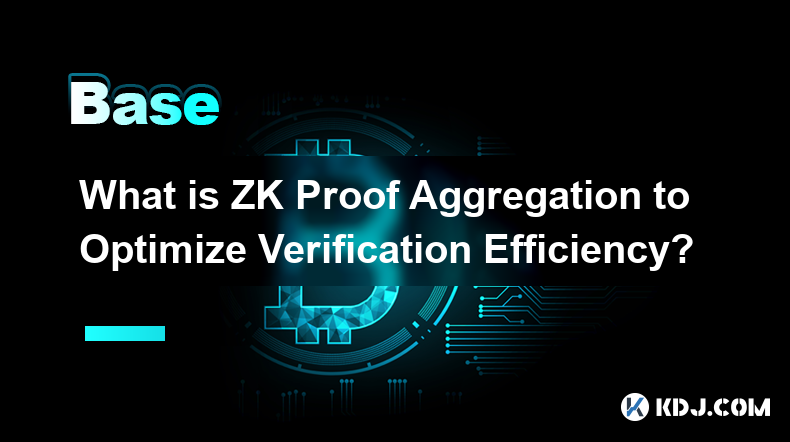
What is ZK Proof Aggregation to Optimize Verification Efficiency?
Apr 11,2025 at 05:42pm
ZK Proof Aggregation is a technique used in the field of zero-knowledge proofs (ZKPs) to enhance the efficiency of verifying multiple proofs. In the context of cryptocurrencies, where scalability and efficiency are paramount, ZK Proof Aggregation plays a crucial role in optimizing the verification process. This method allows multiple proofs to be combin...

What is DePIN (Decentralized Physical Infrastructure)?
Apr 12,2025 at 01:42am
What is DePIN (Decentralized Physical Infrastructure)? DePIN, or Decentralized Physical Infrastructure, represents a groundbreaking approach to building and managing physical infrastructure using decentralized technologies. At its core, DePIN leverages blockchain and other decentralized systems to create, operate, and maintain physical assets in a way t...
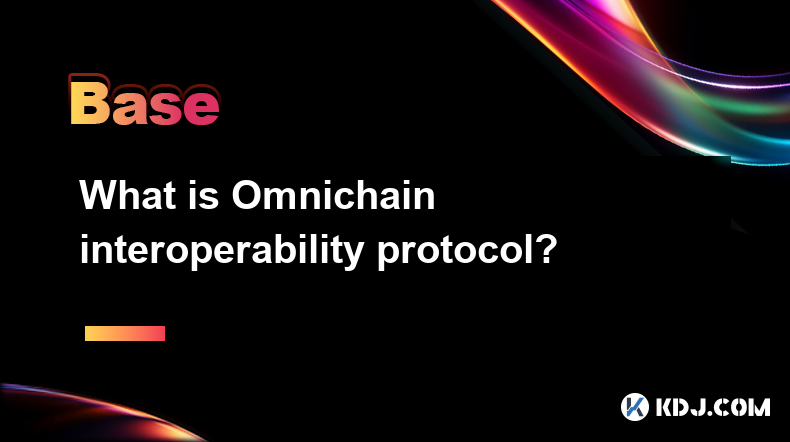
What is Omnichain interoperability protocol?
Apr 11,2025 at 08:36pm
The Omnichain interoperability protocol refers to a technology designed to enable seamless interaction and data exchange between different blockchain networks. This protocol aims to solve the issue of blockchain isolation by allowing assets, data, and functionalities to move freely across various chains. In essence, Omnichain interoperability facilitate...
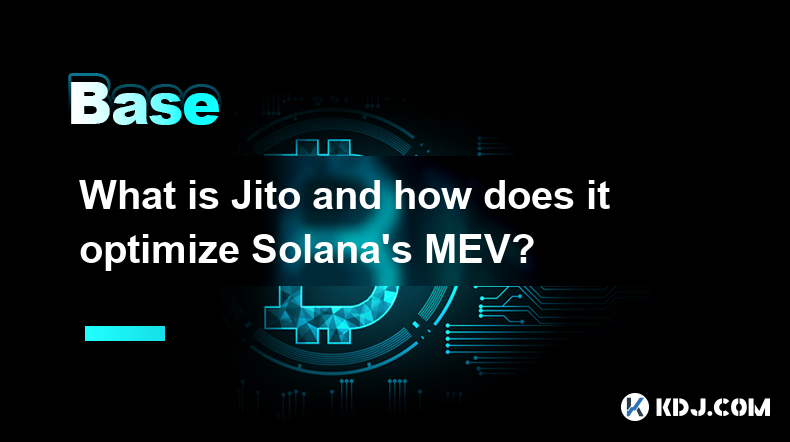
What is Jito and how does it optimize Solana's MEV?
Apr 11,2025 at 09:01pm
Jito is a pivotal tool within the Solana ecosystem, designed to enhance the efficiency and profitability of transactions by optimizing Maximum Extractable Value (MEV). MEV refers to the maximum value that can be extracted from block production in excess of the standard block reward and gas fees by including, reordering, or excluding transactions within ...

What is Delayed Encryption technology?
Apr 11,2025 at 10:42pm
What is Delayed Encryption Technology? In the world of cryptocurrencies, security is paramount. One of the innovative solutions to enhance the security of digital transactions is Delayed Encryption Technology. This technology introduces a layer of security by encrypting data with a time delay, ensuring that the information remains secure until a specifi...

What is EigenDA and how does it extend data availability?
Apr 11,2025 at 05:28pm
EigenDA is a groundbreaking solution within the cryptocurrency ecosystem designed to enhance data availability across blockchain networks. Developed by EigenLayer, EigenDA aims to address the critical issue of data availability, ensuring that all participants in a blockchain network can access the necessary data to verify transactions and maintain the i...

What is ZK Proof Aggregation to Optimize Verification Efficiency?
Apr 11,2025 at 05:42pm
ZK Proof Aggregation is a technique used in the field of zero-knowledge proofs (ZKPs) to enhance the efficiency of verifying multiple proofs. In the context of cryptocurrencies, where scalability and efficiency are paramount, ZK Proof Aggregation plays a crucial role in optimizing the verification process. This method allows multiple proofs to be combin...

What is DePIN (Decentralized Physical Infrastructure)?
Apr 12,2025 at 01:42am
What is DePIN (Decentralized Physical Infrastructure)? DePIN, or Decentralized Physical Infrastructure, represents a groundbreaking approach to building and managing physical infrastructure using decentralized technologies. At its core, DePIN leverages blockchain and other decentralized systems to create, operate, and maintain physical assets in a way t...

What is Omnichain interoperability protocol?
Apr 11,2025 at 08:36pm
The Omnichain interoperability protocol refers to a technology designed to enable seamless interaction and data exchange between different blockchain networks. This protocol aims to solve the issue of blockchain isolation by allowing assets, data, and functionalities to move freely across various chains. In essence, Omnichain interoperability facilitate...

What is Jito and how does it optimize Solana's MEV?
Apr 11,2025 at 09:01pm
Jito is a pivotal tool within the Solana ecosystem, designed to enhance the efficiency and profitability of transactions by optimizing Maximum Extractable Value (MEV). MEV refers to the maximum value that can be extracted from block production in excess of the standard block reward and gas fees by including, reordering, or excluding transactions within ...
See all articles





















![Crypto Otaku - CRYPTO CHAOS! 83K BITCOIN! CRYPTO RALLY!! XCN , JASMY , SWFTC LEAD!!! [Episode 228] Crypto Otaku - CRYPTO CHAOS! 83K BITCOIN! CRYPTO RALLY!! XCN , JASMY , SWFTC LEAD!!! [Episode 228]](/uploads/2025/04/12/cryptocurrencies-news/videos/crypto-otaku-crypto-chaos-k-bitcoin-crypto-rally-xcn-jasmy-swftc-lead-episode/image-1.webp)

































































